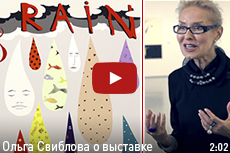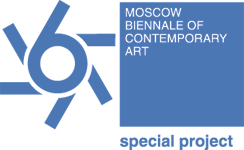The Future Enamored with the Past
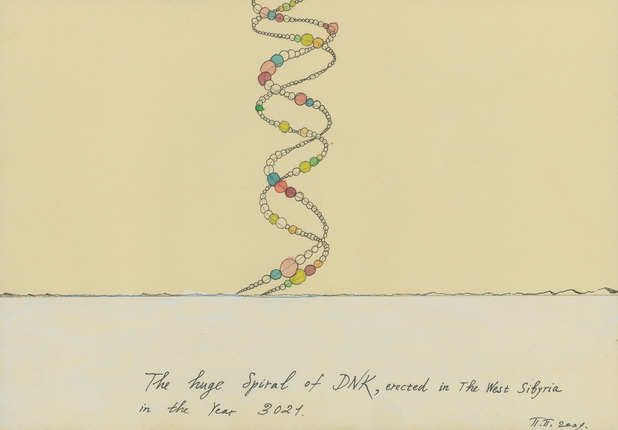
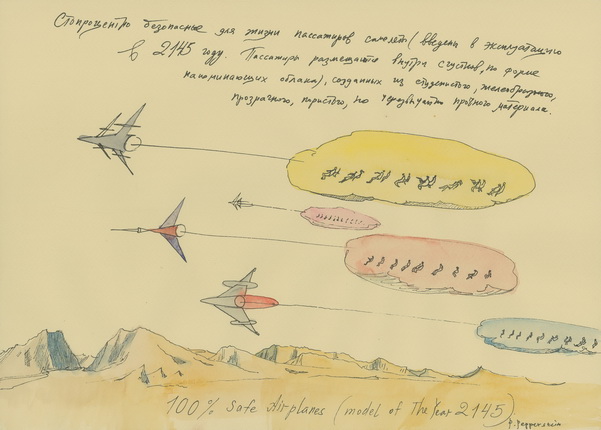
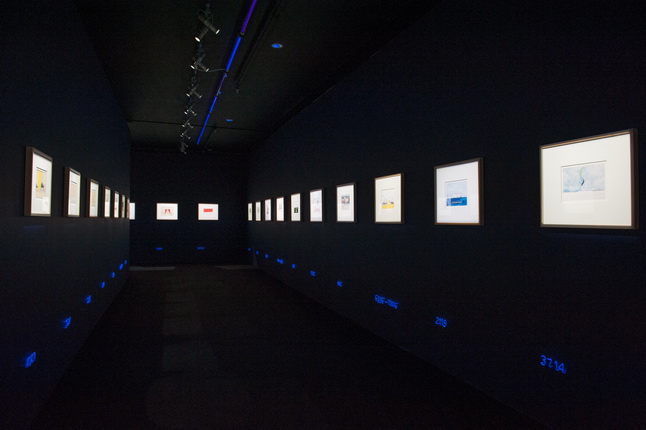
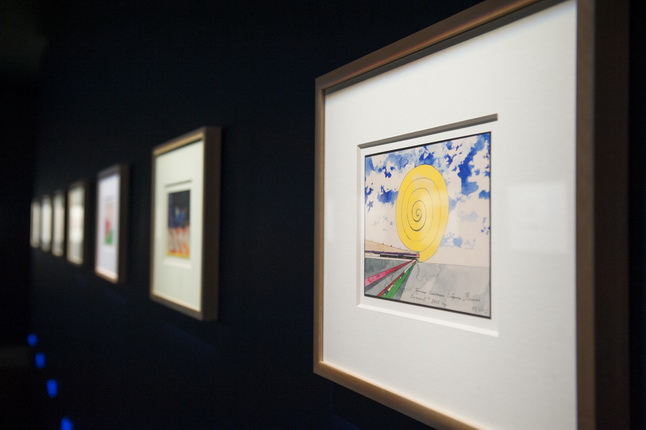

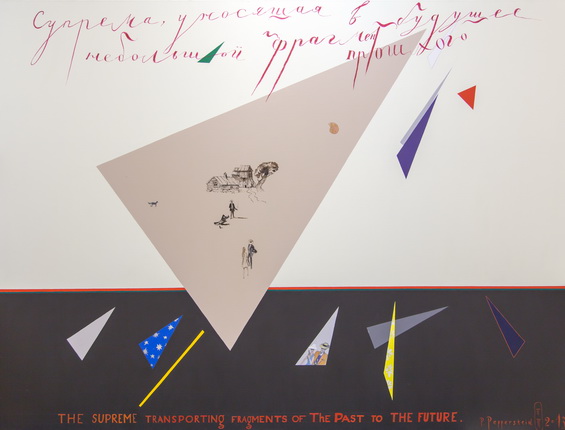

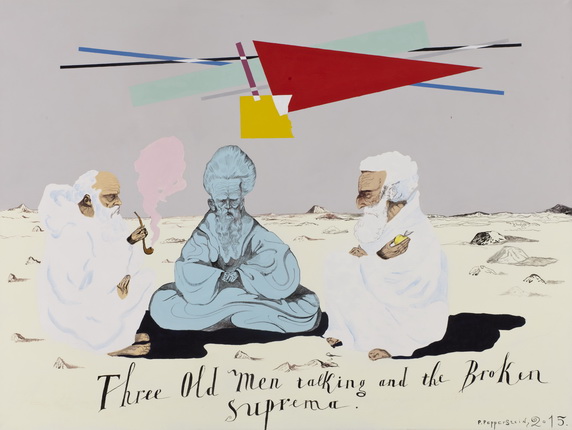
Pavel Pepperstein. The Monument of the Yellow Colour. Kamchatka in 3021. 2009. Paper, watercolor. © Pavel Pepperstein, 2015
Pavel Pepperstein. Suprematic motorway in Sri Lanka in 2115. 2009. Paper, watercolor. © Pavel Pepperstein, 2015
Pavel Pepperstein. Huge spiral of DNA erected in Western Siberia in 3021. 2009. Paper, watercolor. © Pavel Pepperstein, 2015
Pavel Pepperstein. 100% Safe Airplanes (model, 2145). 2009. Paper, watercolor. © Pavel Pepperstein, 2015
Exposition view
Exposition view
Pavel Pepperstein. The Monuments of the Apple and three forgotten planets. (North Alaska Year of 2099). 2015. Canvas, acryl. © Pavel Pepperstein, 2015. Courtesy Kewenig Gallery
Pavel Pepperstein. Memory is Over. 2014. Canvas, acryl. © Pavel Pepperstein, 2015. Courtesy Kewenig Gallery
Pavel Pepperstein. Song. 2014. Canvas, acryl. © Pavel Pepperstein, 2015. Courtesy Regina Gallery, Moscow
Pavel Pepperstein. Expedition into the Sun. 2015. Canvas, acryl © Pavel Pepperstein, 2015. Courtesy Kewenig Gallery
Pavel Pepperstein. WHAT? 2014. Canvas, acryl. © Pavel Pepperstein, 2015. Courtesy Kewenig Gallery
Pavel Pepperstein. The Supreme transporting fragments of the past to the future. 2013. Canvas, acryl. © Pavel Pepperstein, 2015. Courtesy Nahodka Arts
Pavel Pepperstein. Stepping on the Suprema. 2015. Canvas, acryl. © Pavel Pepperstein, 2015. Courtesy Kewenig Gallery
Pavel Pepperstein. Three Old Men talking and the Broken Suprema. 2015. Canvas, acryl. © Pavel Pepperstein, 2015. Courtesy Gallery «Regina»
Moscow, 18.09.2015—15.11.2015
exhibition is over
Share with friends
Curator: Olga Sviblova
For the press
Pavel Pepperstein is one of the most striking artists in contemporary Russian art. From the late 1980s the activities of the ’Inspection Medical Hermeneutics’ group founded by Pepperstein (with Yuri Leiderman and Sergei Anufriev) became a new stage in the development of Moscow Romantic Conceptualism. Today, when much that comprised and pulsated through the living fabric of modern art in the late 20th century has ceased to exist, the impulse behind ‘Medical Hermeneutics’ has sufficed for Pavel Pepperstein’s ‘psychedelic realism’ to continue its progressive development. Each of Pepperstein’s new projects, be it his graphics, installations or paintings, inherits the principles of a new poetic synthesis between the visual and verbal he devised more than a quarter-century ago.
Pavel Pepperstein is a knight stoically fighting for the idea of constructing new utopias in his art. In these utopias he combines widely diverse strata of world and Russian culture and, constantly finding a point of resonance with the future, he interweaves truly Russian mythologems and the internationalised visual codes of the Russian avant-garde in his work. An outstanding writer and poet, Pavel Pepperstein manoeuvres between the position of a naïve child and that of an enlightened and wise holy fool, relaying artistic messages that prophetically articulate pre-apocalyptic forebodings of the crisis that swept across the world in the epoch of total globalisation. Pepperstein’s elegant work is charged with a powerful surge of energy and connected to channels of the collective unconscious. Pepperstein builds his own artistic world, fearlessly introducing elements of humour and the absurd that allow him to give its global utopias a new sensory content, without trapping them in the hackneyed clichés of modish discourse. The flashes of meaning in Pepperstein’s works determine his strategy for evading narrative articulation. That is precisely why his art is so poignant and undisguised. The buffoon and holy fool were roles essential to ruling powers for many centuries. Pepperstein assumes the complex role of an artist holding the magic crystal that accumulates the past but sheds light on the future. This crystal reflects the local Russian context and global world context in grimaces and angelic smiles.
As part of the 6th Moscow Biennale of Contemporary Art MAMM reconstructs Pavel Pepperstein’s installation ’Victory over the Future’, which was originally presented in 2009 at the Russian Pavilion of the 53rd Venice Biennale of Contemporary Art, and also unveils his new pictorial project, ’The Cold Centre of the Sun’.
Olga Sviblova
(translated by Patricia Donegan)

